Here is an idea to spice up a dull summer morning: find two Indians, put them together in a room and ask for their opinion on the best mango in India. Leave them a while, then bring in two more. Sit back and watch the fun.
Indians may agree on other things, on rare occasions, even on politics. But when it comes to the mango, there is no consensus. Regional loyalties, specific preferences for taste and texture, seasonal specialties; the argumentative Indian is at his fiercest while discussing mangoes (and cricket, of course).
India takes the mango very seriously; come summer and newspapers discuss their arrival in the market with more animation than even the skyrocketing price of onions (a perennially favourite theme), neighbours inquire about mango purchase plans for the season and the streets are filled with the sight and smell of this luscious fruit, which is now coming into season.
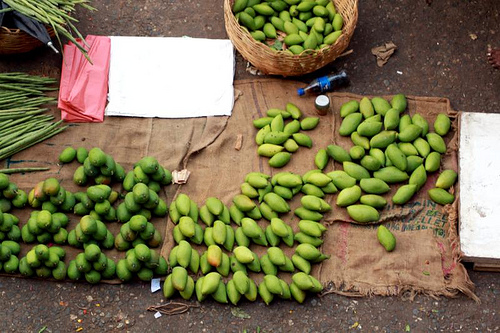
Naturally, the colour of summer in India is yellow. Not the scorching breezeless yellow of the afternoon heat that saps all energy, but the mild, golden yellow of mango, one of the (few) things that makes summer in India bearable. The highlight of summer evenings in many homes is the aamras (mango puree), eaten with hot roti (wheat flatbread), a uniquely Indian food foible from the north that is popular right across the country.

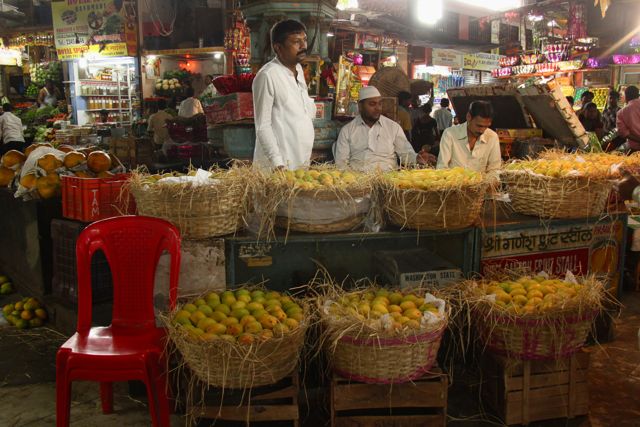
Rajesh Gowda has been a fruit seller at the Gandhi Market in Bangalore for 40 years. Over the decades, he has seen mango prices soar, even as newer varieties enter the market each year. For Gowda, the four months that constitute mango season are usually the most profitable of the year.
“A kilo of mangoes that used to sell for 20 rupees 10 years ago now sells for 200 rupees [HK$35], but people have not stopped buying,” he says, happily adding, “I have customers who buy 20kg every week.”
Pinky Padmaraj, communications manager at the Oberoi Hotel in Bangalore, recalls how a guest from Denmark responded on tasting his first fresh mango juice: “So this is what the nectar of life tastes like.” Unsurprisingly, the visitor became a mango lover and ended up sampling every mango dish on the menu.
Indian mangophiles will agree, however, that the enjoyment of mangoes involves complete abandon and close attention, so it is best to leave your spoons and knives behind along with your inhibitions; the messier the eating, the merrier the experience. The best fruit are golden yellow skinned, some speckles of red acceptable, but no trace of green, please. The green indicates rawness; tart and crunchy, it is ideal for pickles, to be stored and savoured through the year. The green mangoes are also squeezed into a juice with caramelised sugar and a dash of cumin powder, called aam panna, which is believed to have cooling properties.

The maharaja of Indian mangoes is undoubtedly Kalimullah Khan, a farmer from Malihabad near Lucknow in northern India, who at one stroke paid tribute to two national obsessions by naming his new breed of mango Maestro Sachin (after cricketer Sachin Tendulkar). He has been cultivating mangoes since 1957 and has been awarded one of the highest civilian honours in India, the Padma Shri, for his successful experimental tree that can bear more than 300 varieties of mango (through clever and careful grafting).
Different parts of India host mango festivals through the season, the most famous of them being the three-day festival in New Delhi every summer – this year held in the first week of July. Mango cultivators from across the country are invited to offer their produce for visitors to sample and buy. The other attractions are fun events such as mango-eating competitions, quizzes and, finally, the presence of chefs from five-star hotels demonstrating novel mango recipes
The Ranga Shankara Theatre in Bangalore, apart from regular plays and theatre festivals, hosts an informal mango party in June. Ruhi Jhunjhunwala, from the theatre, says the party is a nod to the belief that the enjoyment of mangoes in India is as much a social event as a personal experience: “We wanted it to be the way it is at home, where families and friends sit together and enjoy mangoes during season.” The only condition for attendance – that guests bring a kilogram of mangoes of their choice, add it to the common pool and then dig into as many as they want for as long as they choose.
The Indian love for mango has had a significant place in Indian history and mythology; the fruit is believed to have been mentioned in Hindu scriptures as early as 4000BC. Its shape has been a popular motif (paisley) in traditional apparel and has made a smooth transition into contemporary fashion. In this case it is the sinuous curve – teardrop with a curved end – and not the colour that is the highlight. Mango leaves are considered auspicious and strung outside doors during festivals and occasions. In everyday cooking, a powder of dried mango (called aamchur) is used in place of tamarind as a flavouring agent.
Amir Khusrau, a 13th-century Sufi poet, paid tribute to the mango in his own way:
The choicest fruit of Hindustan,
For garden’s pride the mango is sought;
Ere ripe, other fruits to cut we ban,
But mango serves us ripe or not.
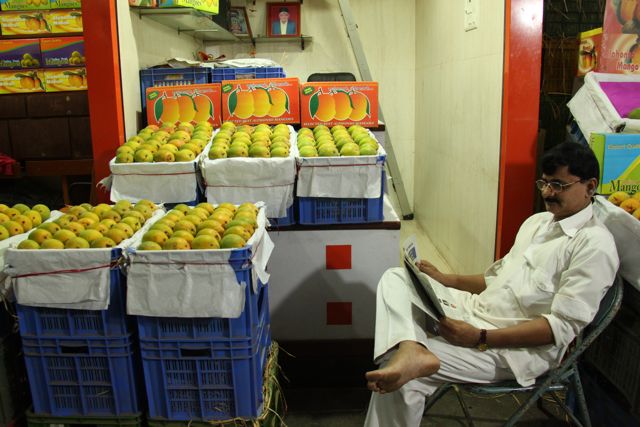

A few juicy facts worth knowing
When: The peak season for mangoes is from mid-April to the end of June, although mangoes are available throughout the year at some premium supermarkets in fresh, frozen or canned form. A month before the appearance of yellow mangoes in the market is the pickle season, when the green varieties are widely available.
Where: Famous mango markets include Ratnagiri, (also a beautiful coastal town), Hyderabad (of the exquisite Charminar tower and glass bangles) and Lucknow. The freshest and juiciest mangoes anywhere are found with the street vendors or in wholesale markets such as Crawford Market in Mumbai or the City Market in Bangalore.
What: Alphonso (Hapoos), Neelam, Banganapalli, Totapuri, Mallika, Malgova, Himsagar, Kesar and Langra are some of the most popular varieties. Champions of the Alphonso variety may be surprised to learn that this “king of mangoes”, as they call it, is not indigenous to India but was brought in by Portuguese nobleman Afonso de Albuquerque on one of his trips to Goa.
How: Mangoes are consumed in as many ways as possible in India – the common choices are ice creams, juices, milk shakes, lassi (mango beaten with yoghurt), fresh fruit, aamras and aam panna, while the more glamorous offerings include mousse, tarts, cheesecakes, martinis and margaritas.
***
Originally published in the South China Morning Post, April 2011
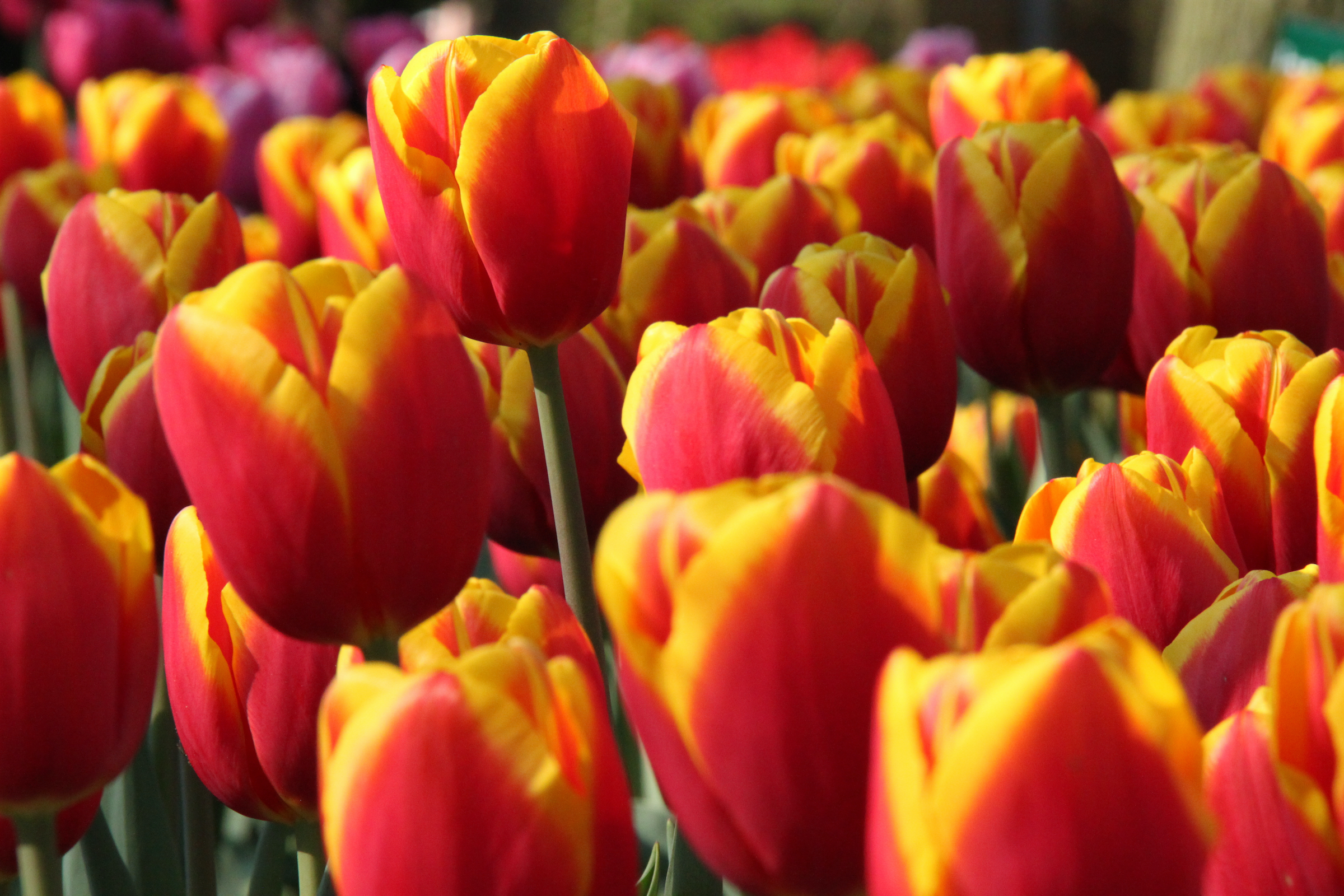
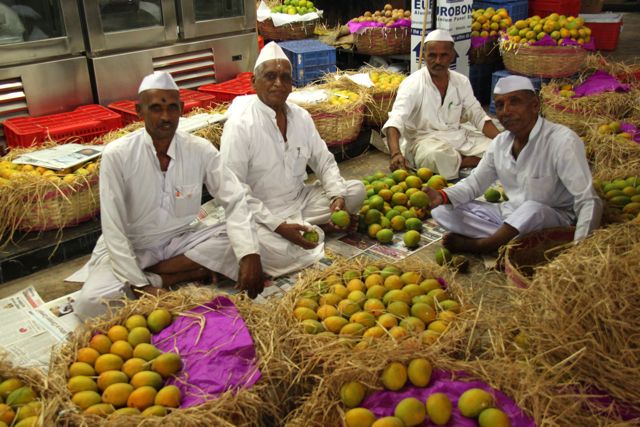



Thoroughly enjoyed reading this post. I am a Gujarati and know what mango obsession means. My father used to get baskets full of alphonsos from Salem and my parents would keep them in their room waiting for them to ripen.
Thanks, Chaitali! Indians all over are obsessed with mangos in their own way. I personally love the way my whole house seems to smell of mango during this season 🙂